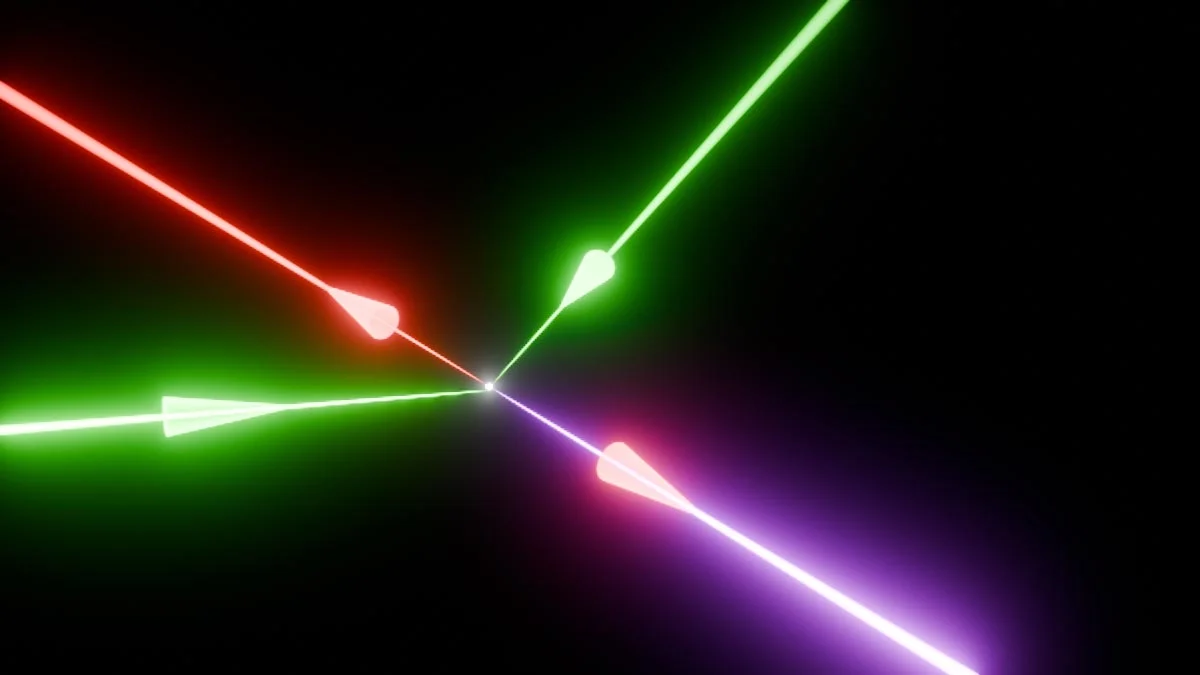What if you could create light out of nothing—literally?
That’s exactly what researchers at the University of Oxford have just simulated, shaking up our entire understanding of “empty” space.
Using advanced computer simulations, the team showed how powerful lasers could disturb the so-called quantum vacuum.
This could spark light from what appears to be thin air.
What’s Strange?
It taps into one of quantum physics’ wildest ideas: that even a perfect vacuum isn’t empty at all.
Instead, it’s buzzing with invisible energy and flickering virtual particles just waiting to interact.
“The quantum vacuum is filled with energy fluctuations from which virtual electron-positron pairs arise,” the team explained.
Their simulations used a virtual lab called OSIRIS to explore a mind-bending phenomenon called vacuum four-wave mixing.
Vacuum four-wave mixing is where laser beams can “shake loose” these ghostly particles to create real light.

If future experiments pull this off in the real world, it could open doors to new physics or high-energy laser tech.
It could even explain some cosmic mysteries like dark energy.
But don’t expect a light show just yet; replicating this in noisy labs is no small task.
Still, turning “nothing” into light?
Now that’s a bright idea—and maybe just the beginning of a whole new way to understand the universe.





